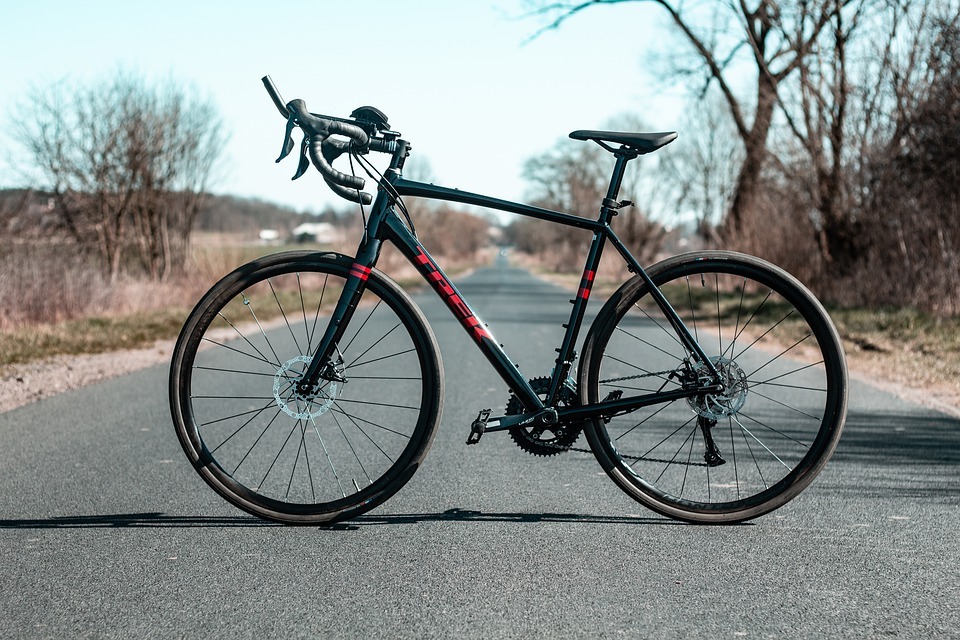Over the years, bikes have evolved – changing designs here and there to satisfy the needs and thirst of cycling enthusiasts and those into extreme cycling sports. In the past, bikes only frequently tread the highway roads or race through tracks and courses, overtime, more and more cyclists discover the euphoria of venturing off-roads and unchartered trails.
The line between cyclocross bikes and gravel bikes is at first, vague and can be confusing. It is one of the frequently asked questions in the bike industry. The confusion is of course, well-founded, as judging by their physical aspect, they seem to look the same. The semblance and similarities of the two are not that ‘much’; in fact, these two categories of bike share almost the same ‘DNA’.
It is safe to say that gravel bikes are an offspring of cyclocross bikes since the latter has been on the tracks for decades while the former has only been around for some time and only gained such acknowledgement and popularity in 2014.
However, a subtle change in aspects such as frame width and angle could spell a huge difference. So, what is the difference between these two, and why is it essential to know them in the first place?
Spotting the Difference
Before going into detail, note that as their names imply, cyclocross bikes are used in cyclocross, a bike racing discipline where cyclists race through a 2-3 km track that is often riddled with muds, obstacles and sand pits which usually lasts about an hour. The race features riders being on-and-off their bikes, as the track also includes slopes that are too steep to climb.
On the other hand, gravel bikes are your choice of weapon when venturing on mixed, often unexpected terrains, higher climbs, and gravel roads for longer hours.
Design and Frames
The bike’s frame geometry determines how the bike performs when mounted. Physically, cyclocross bikes are just a bit thinner in shape.
Cyclocross bike frames are essentially made up of light but strong materials such as aluminum and carbon fiber. This is crucial in cyclocross where racers are sometimes forced to dismount their bikes and sling them over their shoulders until they can ride them again and continue the race.
Cyclocross also have a relatively short head tube, a long top tube, and a steeper head and seat tube angles which allows the cyclist being in the lower position, stretching out over the front end. This helps the cyclist maneuver the bike smoothly around tight turns which is typical in cyclocross races. The cyclist’s aggressive race position contributes to the overall speed and agility.
On the flipside, gravel bikes require heavier frame materials and must be stiff to withstand carrying loads. These bikes have taller head tube and shorter top tube with a slacker head and seat tube angles, allowing the cyclist to sit in a more comfortable, upright position. They also feature mudguards or racks which make them ideal for bike-packing and long hours of adventuring and riding.
Gear setup, Wheels, and Tires
In terms of gearing, a cyclocross typically has a 46/36 chainring combination paired with an 11-28 cassette setup. This gear setup allows the rider to maintain stability and composure even during high-intensity efforts of racing. These bikes do not need gears of that of a road or gravel bike since you don’t really expect to be having an epic descent downhill using this bike, however, they do need reasonably low gears for riding climbable slopes.
Trailing the bigger world with a gravel bike requires a broader range gearing as they are specifically designed for climbing and descending from steeper, rougher slopes. Commonly, a chainring with 38 to 42 teeth paired with a cassette with an 11-42 spread is used for bikes with 1x drivetrains (single chainring). As for 2x drivetrains, gear setup includes 50/34 and 48/32 and combined with 11-34 or similar cassettes.
As for the tires, professional cyclocross race bikes are designed to accommodate tires no wider than 33mm as sanctioned the Union Cycliste Internationale (UCI), a worldwide governing body for cycling. Although not all cycling events are UCI sanctioned, bike manufacturers have optimized the design for cyclocross bikes to accommodate the standard tire size.
Gravel bikes tires are much bulkier than cyclocross bikes for obvious reasons. Gravel bike tires are designed for versatility depending on the kind of terrain you expect to ride your bike on. These bikes can roll on either a 700c wheel (which is typical for most road bikes) or a 650b wheel, allowing more capability in off-road adventures.
Cyclocross and gravel bikes are both excellent in their own right. Each is designed for its specific purpose. Whether you’re a bike enthusiast or planning to become one, it is worth knowing the difference between the two, especially when purchasing one. It is crucial to keep in mind to what extent, what type of terrain, and what kind of experience you expect upon taking on adventures with your bike. Having just the right bike for the right environment drastically improves a cyclist’s experience. Whichever you choose, it will surely be worth it.


